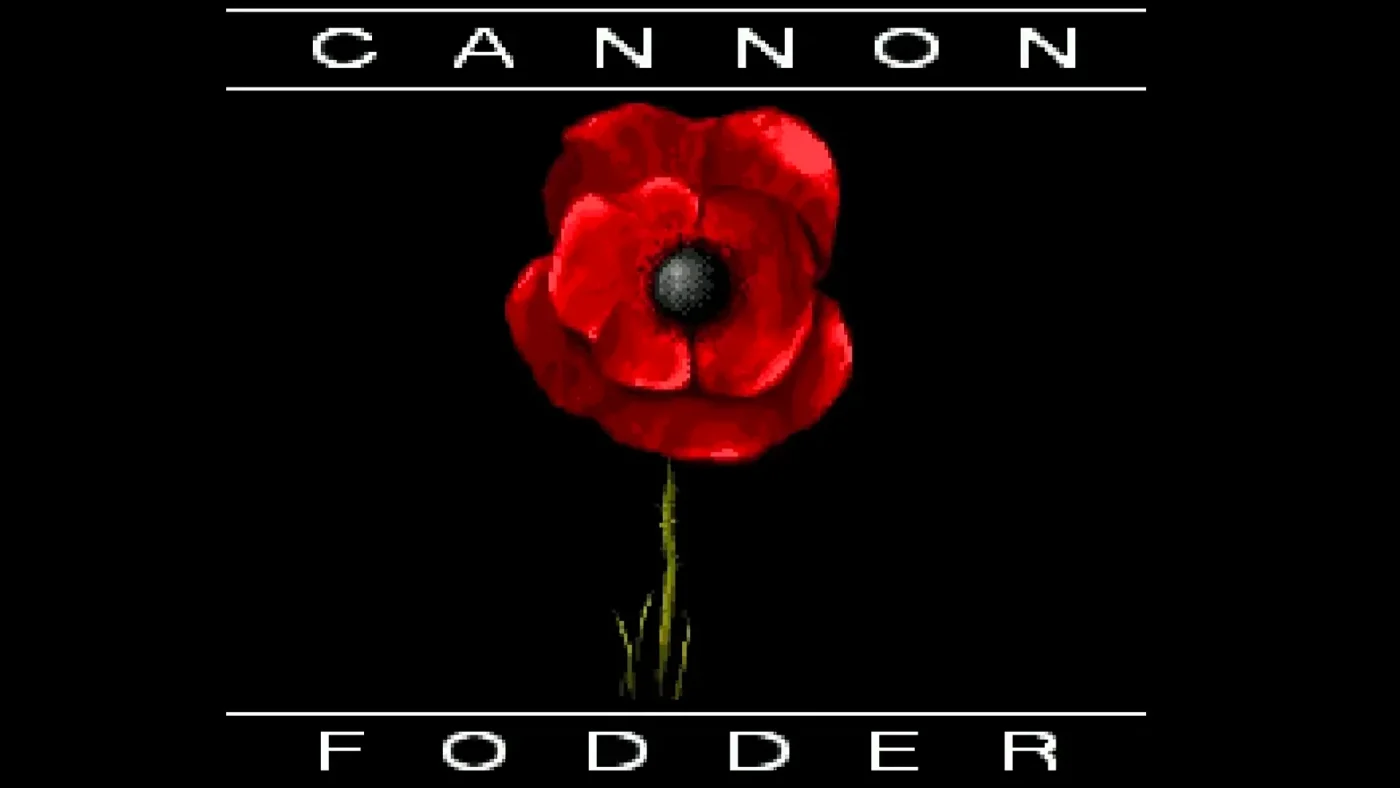Released in 1993 by Sensible Software, Cannon Fodder emerged as a unique entry in the action-strategy genre. Its distinct gameplay, controversial themes, and lasting influence on future games have solidified its place in video game history.
Gameplay and Mechanics
Cannon Fodder stands out for its innovative blend of action and strategy. Players control a squad of soldiers from a top-down perspective, navigating various missions that range from simple search and destroy objectives to more complex rescue and reconnaissance operations. The game’s intuitive point-and-click control scheme was a significant departure from the more cumbersome interfaces of its contemporaries, allowing for a smoother, more engaging experience.
Each soldier in Cannon Fodder has a name and rank, and as they survive missions, they gain experience and improve their skills. This added a layer of attachment and strategy, as players often found themselves making tactical decisions to protect their most seasoned troops. The game’s balance of strategic planning and real-time action provided a depth that was rare for the era, captivating players with its challenging and rewarding gameplay.
Controversy and Public Reaction
Cannon Fodder was not without its share of controversy. The game’s irreverent approach to war, featuring a theme song with the refrain “War has never been so much fun,” and its use of white crosses to mark the graves of fallen soldiers, drew criticism for allegedly trivializing the grim realities of combat. The controversy was especially pronounced in the United Kingdom, where the Royal British Legion condemned the game, accusing it of disrespecting the memory of soldiers.
Despite the backlash, or perhaps because of it, Cannon Fodder garnered significant media attention, which paradoxically contributed to its popularity. The controversy highlighted the tension between artistic expression and societal norms, a debate that continues to influence discussions about video game content today.
Influences and Legacy
Cannon Fodder drew inspiration from a variety of sources. The game’s design and mechanics bear a resemblance to earlier tactical games like Commando and Gauntlet, while its dark humor and satirical take on war can be seen as a nod to films like MAS*H and Catch-22. This blend of influences helped Cannon Fodder carve out its own niche, distinguishing it from other titles of its time.
The influence of Cannon Fodder on future games is evident. It paved the way for the development of real-time strategy games, combining the fast-paced action of arcade games with the thoughtful planning of strategy titles. Games such as Commandos: Behind Enemy Lines and the more recent Shadow Tactics: Blades of the Shogun owe a debt to Cannon Fodder’s innovative approach. Moreover, the game’s successful integration of humour and serious themes has inspired other developers to explore similar narrative techniques.
Conclusion
Cannon Fodder remains a landmark in video game history. Its innovative gameplay mechanics, coupled with its controversial yet thought-provoking approach to the subject of war, have left an indelible mark on the industry. The game not only provided a template for future action-strategy hybrids but also sparked important conversations about the portrayal of sensitive topics in video games. As a result, Cannon Fodder is remembered not just as a great game from the early 90s, but as a pioneering work that challenged and expanded the boundaries of its medium.


